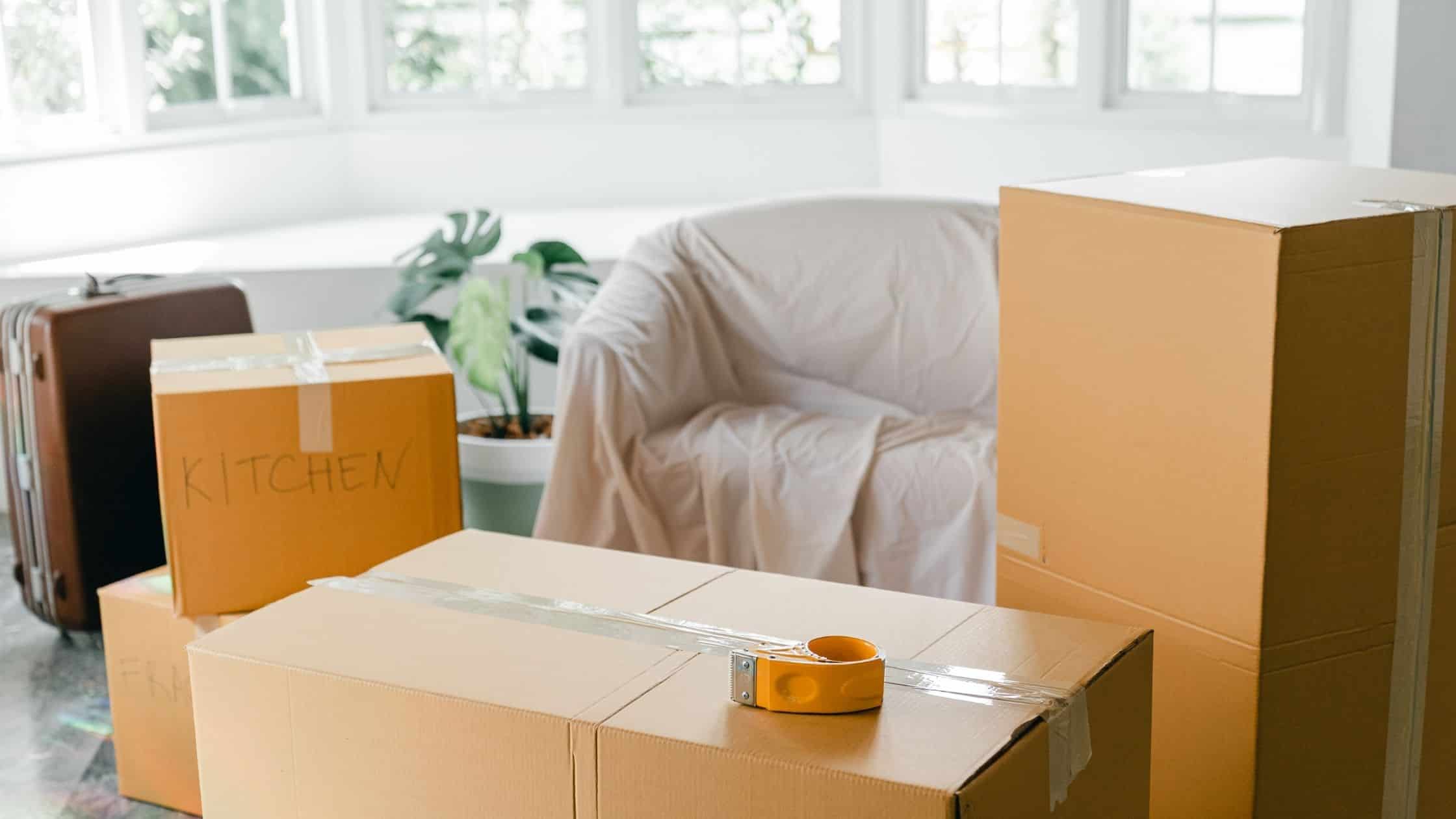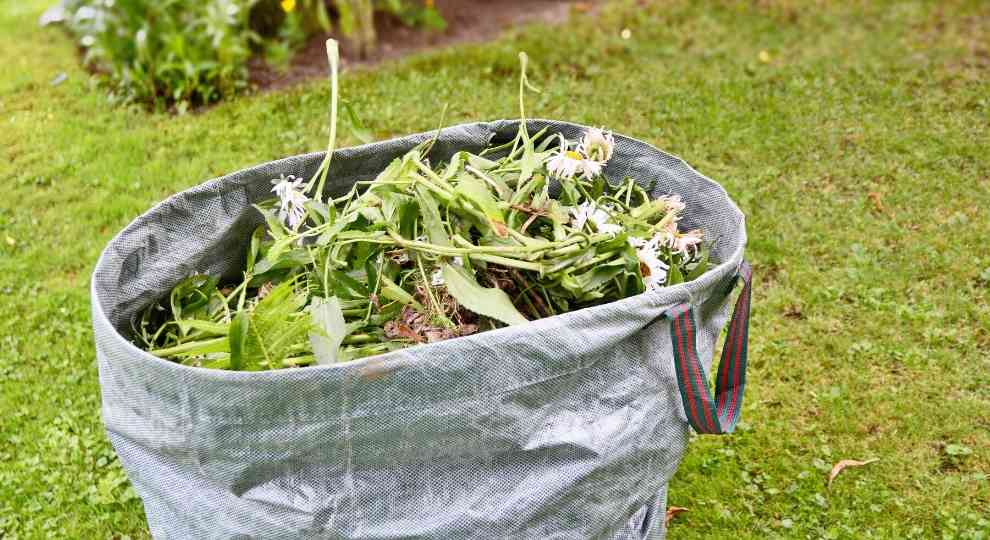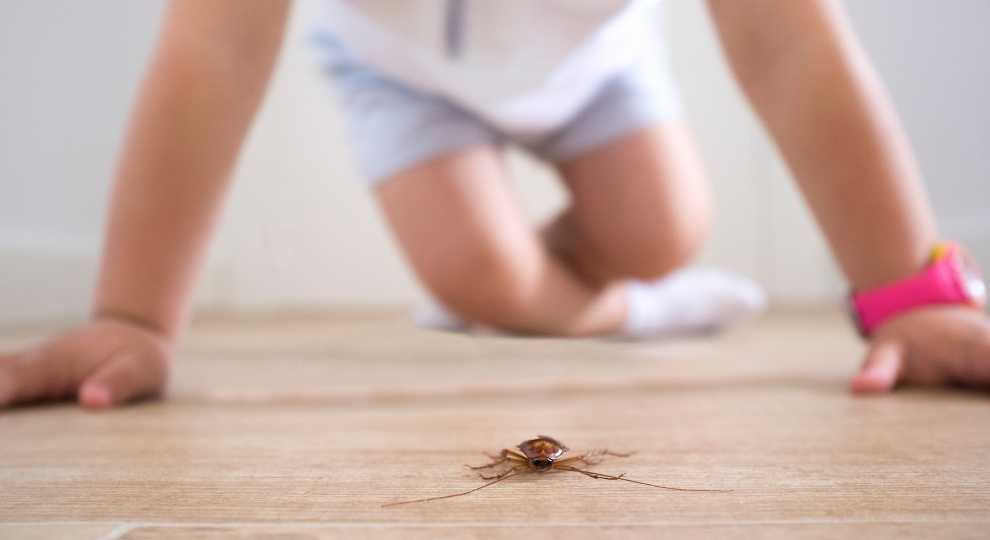Many people who are asked, “what does black mold look like?” will say that the answer is complicated. This type of fungus is more than just a species of mold; it’s many. Mold can be found inside or outdoors and ranges in color from yellow to blue-green.
Black mold is typically an area on a surface that has been damaged or flooded by water that is, well… black in color. Generally, Black Mold looks like a round or oval shape on a surface that ranges from as small as an inch to several inches in size.
The color and shape, however, doesn’t translate into composition–black mold may contain certain types of toxins, for example, toxic cyanobacterium. Indeed, there are some mold-like Stachybotrys chartarum-that emit biotoxins harmful to humans.
You can usually identify these substances by their foul odor, which causes water damage inside your home long before needing an environmental contractor with Black Mold Remediation Training.
How Can You Tell If You Have Black Mold?
Black mold can be a gray or green color. Like most molds, it starts out as fuzzy white fibers that look similar to cotton candy before developing into mature black spores with an almost brick-like consistency that’s visible when taken up close.
If you notice a musty smell in the air, look for water droplets on ceilings or walls, the presence of green fuzzy growths, or black gnats around your house.
Significantly more information I could go into, but I’ll summarize. Black mold is a type of fungus that can be found in any environment where darkness and humidity are present. They most often affect closed-in spaces like bathrooms and attics whose surfaces have been subject to damp or wet conditions.
Exposure to these molds can cause asthma attacks and coughing as well as other respiratory problems such as allergic reactions and hay fever.
If you suspect you have black mold growth in your home after these initial inspections, you have two options- the best option would be professional mold testing or a do-it-yourself testing solution.
How Can I Tell If I Have Black Mold or Mildew?
If you are unsure, stay safe and contact a professional mold inspector.
A professional mold inspection can be expensive because it requires technicians to come out to your home at an hourly rate. However, the costs may be worth the peace of mind knowing that your home is safe for you and your family.
I recommend having one done BEFORE making any repairs or renovations – otherwise, if construction disrupts the environment within which spores reside… these spores have nowhere else to go but outward.
Should I Purchase A UV Light For My Central AC?
With bacteria and virus removal rates of 99.9% and a live-time of 5,000+ hours of UV wavelength, we firmly believe that A UV Light For your Central AC is worth the investment.
Doctors agree that central air units are peak breeding grounds for germs like the flu virus, which can lead to severe illness in children and adults alike.
Luckily you can stop them before they spread with an air filter such as A UV Light For your Central AC! Not only does it remove allergens from the air but also dirt, dust particles, debris created by vacuuming or carpet cleaning, and even smoke!
The best part is it’s easy to install yourself with simple instructions and a user-friendly design.
Some homeowners are able to install it themselves; however, please be aware that the warranty could be voided if not installed by a licensed professional.
In Summary
Black mold can be difficult to identify, but it is usually black or dark green in color. It often appears as a slimy growth on surfaces like walls and ceilings. You might also notice the presence of an unpleasant musty odor around your house.
If you see any signs of these symptoms, don’t hesitate to call for professional help right away–the sooner you get rid of the black mold before it spreads, the better off you’ll be!





Leave a Reply